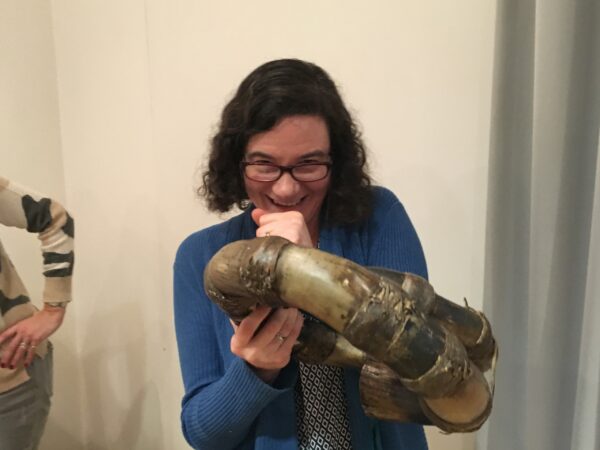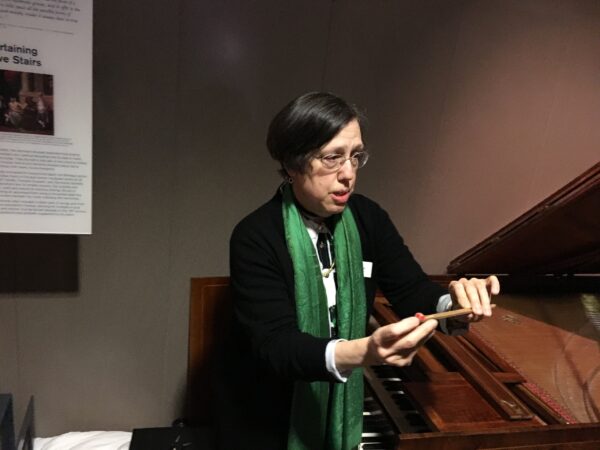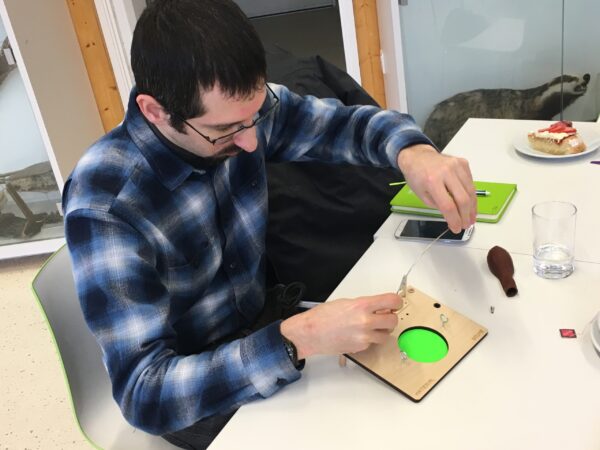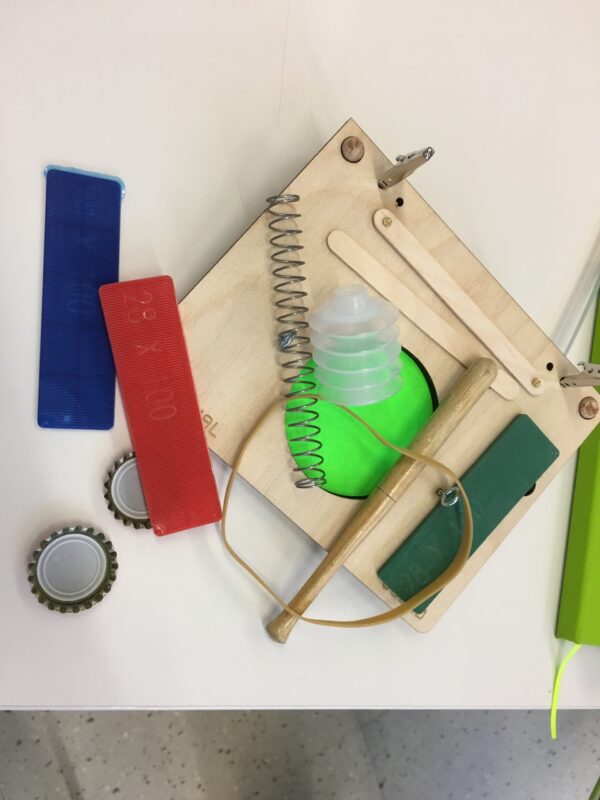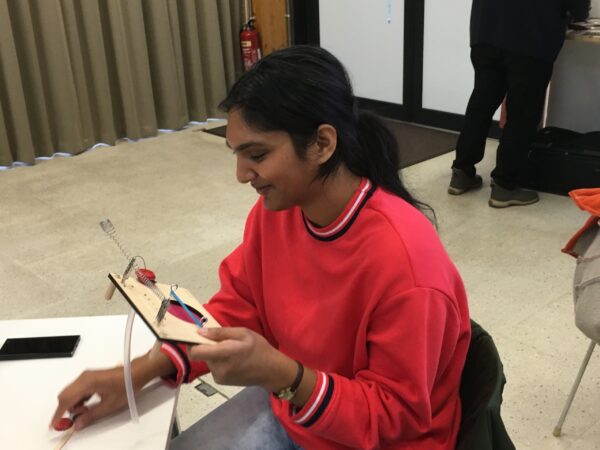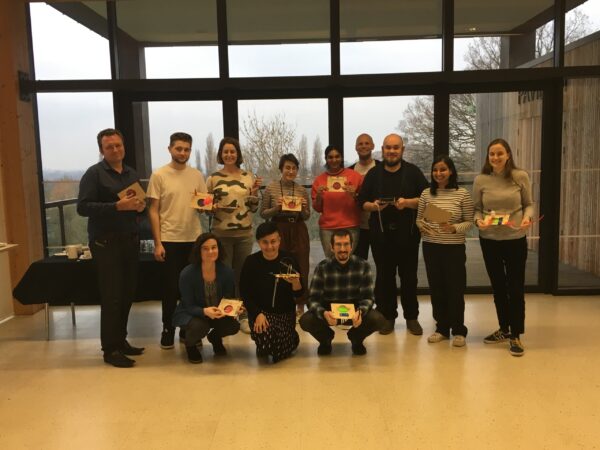The second of the #MaterialWitness 2019 events took place at the Horniman Museum, a hidden treasure in South East London and home to Frederick John Horniman’s extraordinary collection of objects. Ranging from anthropology to musical instruments, as well as an acclaimed aquarium, a butterfly house and natural history collection, there aren’t many museums that can boast a collection as diverse as this one. The Horniman is home to objects as diverse as a seventeenth-century Spanish torture chair, a stuffed walrus first seen in London in the ‘Canada’ section of the Colonial and Indian Exhibition in South Kensington in 1886, a merman and live jellyfish. #MaterialWitness was here to explore the internationally-renowned musical instruments collection which contains 1,300 objects from from around the world, making up the largest number on display in the UK.
Our day was led by the brilliant Sam Underwood, a.k.a @misterunderwood, musician, sound artist and musical instrument designer. Sam’s work in musical instrument design focuses on the development of new musical instruments, predominantly acoustic and mechanical, with a particular interest in those in the bass/sub-bass register. Sam introduced us to the fascinating world of sound beyond traditional musical instruments, starting with the prepared piano (a piano that has had its sound altered by placing objects on or between the strings). John Cage was one of the first musicians to use this extensively having been inspired by Henry Cowell’s experiments with the string piano (where the performer plucks and scrapes the strings of the piano directly). Sam then introduced us to the work of Sarah Nicholls (@sarahpiano #insideoutpiano) who designed and built the first inside-out piano which was inspired by the idea of accessing the inside of the instrument as easily as the piano keyboard.

Our ears were gradually becoming attuned to appreciating what Sam called ‘the notes in between. The musical journey continued through the world of fluid pianos, aerophones and microtonal tubas (which, Sam admitted, you would have to be ‘next-level crazy to build’).
Inspired by these amazing instruments, the afternoon session was guided by Christine Beckton who facilitated a handling session where some of the unique musical instruments in the collection could be played. This included small string instruments made from Armadillo carcasses and Kalimba thumb pianos to Himalayan singing bowls – just a small selection from the incredibly vast collection held at the Horniman.
Following a brief venture into the territory of musical instrument performance, Margaret Birley, Keeper of Musical Instruments and Mimi S Waitzman, Deputy Keeper of Musical Instruments joined us for a guided tour of the display collection. Mimi focused on the development of early keyboard instruments and performed a short piece on a Harpsichord built in 1772 by Jacob Kirckman on display in the main collection.
As Keeper of Musical Instruments, Margaret was the lead curator responsible for choosing which instruments were displayed and interpreted for the Horniman’s Music Gallery (inaugurated in 2002) and for a major temporary exhibition of instruments collected from rural areas of India (2008), as well as for a number of the Horniman’s smaller exhibitions. Margaret shared her extensive knowledge of the collection and the development of selected musical instrument designs including the Tuba.
Full of inspiration from our curator-led tour the latter half of the day was spent under the tutorage of Sam to create our own musical instrument designs. Provided with a simple base board and a wide variety of materials, from nuts and bolts to balloons and plastic tubing, we were encouraged to play with the potential aural properties of everyday materials. The results were symphonic!


